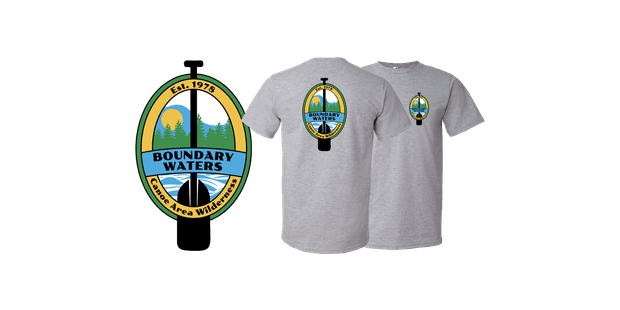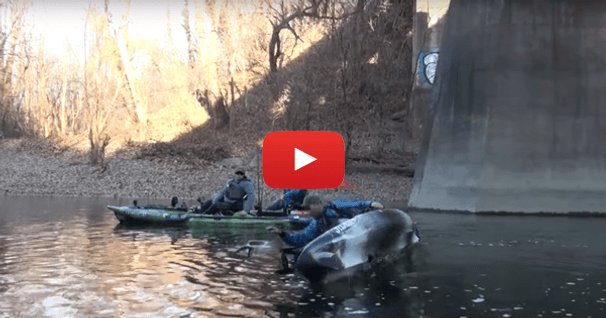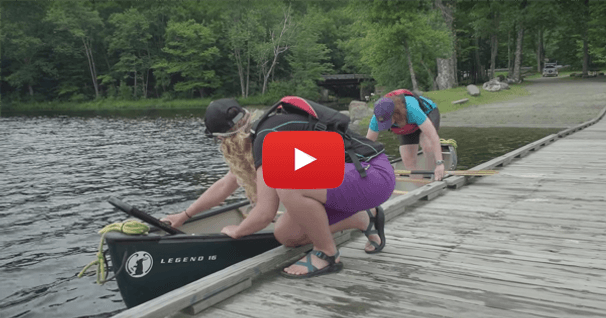Kneel or Sit in a Canoe?
This brief video points out the advantages of kneeling in a canoe over the common practice of sitting.
Posture
Before looking at specific paddling positions, it's important that we talk about paddling posture, because paddling with good posture takes pressure off your back, allows your canoe strokes to be the most powerful, and makes you the most stable in your canoe. The ideal posture for paddling involves sitting upright with a relaxed but straight back.
Position
Now, looking at specific paddling positions, the majority of paddlers find it most comfortable sitting on the seats to begin with. That's great. But you should know that kneeling off the seat is a much more stable position. Not only does it lower your center of gravity, but it gives you more intimate contact with, and therefore more control of, the canoe.
Kneeling is particularly useful in windy conditions, or if you're paddling with children, pets, or inexperienced paddlers, or if you just want to change things up so they don't feel cramped after sitting in one position for too long.
Comfort for Kneeling
When kneeling in a canoe, it's important to understand that you'll still make good use of the seat. In fact, the front edge of your seat should still take a lot of your body weight because this takes the pressure off your legs and leaves them free to move up and down in case you need to adjust the boat tilt. Another thing that you can do to make paddling more comfortable is to install knee pads inside the canoe.
Some paddlers will also combine sitting and kneeling by extending one leg forward while kneeling off the seat. If you're paddling solo, the most common position to sit is on, or kneeling against, the bow seat while facing the stern of the canoe. This positions you closest to the center of the canoe, which gives you better control.
Heeling
When paddling solo, you can also use a thwart for support. So you're kneeling near the center of the canoe with your body offset to one side (to your paddling side). This is called "heeling" a canoe. Your boat will take on a pronounced tilt, but since your center of gravity is so low, it ends up being a very stable position.
Although it will take a little bit of practice to get comfortable paddling like this, heeling a canoe gives your strokes more strength and reach, and it also helps you maneuver the boat as a solo paddler.
~Get the BWCAW Tee~
With over 1,090,000 acres of wilderness area, the BWCAW is a paddler's paradise.
Related Articles
As kayak anglers, you know you need to dress for immersion. But what do you do if you actually flip a…
Ever wonder what exactly the weight capacity of a board was for? Turns out it's for the performance of…
Canoes are surprisingly stable once you're settled into them, but getting in and out is a different…
A discussion on the use of a compass from a kayaking standpoint begins with basic compass savvy and then…




